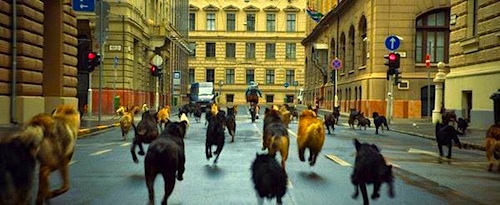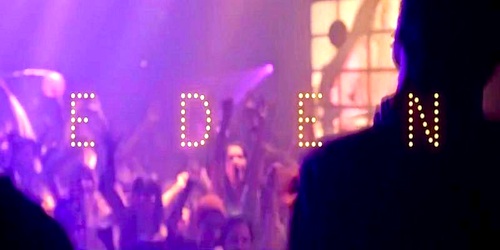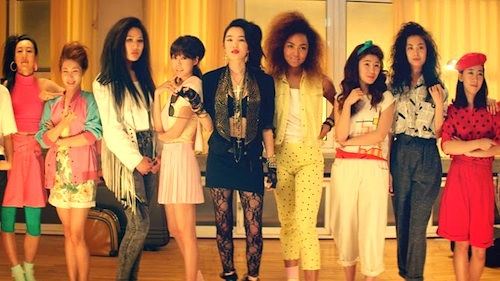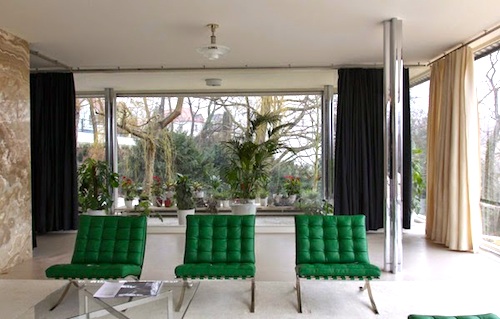Beach flags de Sarah Saidan from vegaprod on Vimeo.
By Joe Bendel. They might be lifeguards, but their lives are nothing like Baywatch and Vida is not anything like Pam Anderson. For one thing, she happens to be an excellent lifeguard, but because her team is required to wear headscarves in international competitions, she can only participate in one event: her weakest. It is unnecessarily hard to be a young Iranian woman in Sarah Saidan’s terrific animated short film, Beach Flags, which screens during the 2015 Sundance Film Festival.
Vida knows she deserves to represent Iran at the Australian meet, because she is the best on her squad, even when it comes to their only allowable event—a race across the beach to capture the flag. She outclasses everyone until the coach brings in the abnormally tall and fleet Sareh. Try as she might, Vida just cannot catch her. Understandably, she resents the newcomer, vibing her hard. However, when she inadvertently spies on Sareh’s home life, Vida’s perspective changes radically. It turns out it is even harder for Sareh to be a young woman in Iranian.
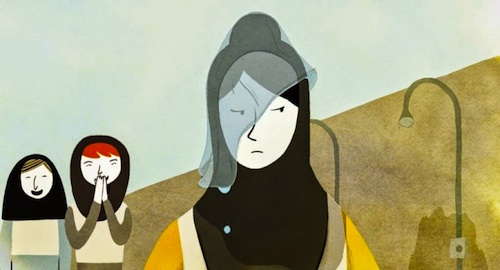
Beach Flags says volumes about the state of women’s rights in Iran, beginning with the absurdity of the restrictions placed on the lifeguard squad, but shifting to the profoundly depressing circumstances faced by Sareh. It is a pivot Saidan makes with considerable grace. Yet, even though the film addresses pressing human rights issues, Beach Flags is really a lovely little coming-of-age tale that will leave viewers feeling good—which is quite a trick to pull off.
Saidan’s animation is not as richly detailed as a Studio Ghibli masterwork, but it has an appropriately Persian vibe that transports the audience to the two very different Irans inhabited by the rival team members. It is a powerful piece of storytelling that also happens to be rather timely. Highly recommended, Beach Flags screens again today (1/24) in Salt Lake and Monday (1/26) and next Saturday (1/31) in Park City as part of the Animation Spotlight shorts program at this year’s Sundance.
LFM GRADE: A
Posted on January 24th, 2015 at 5:59pm.
